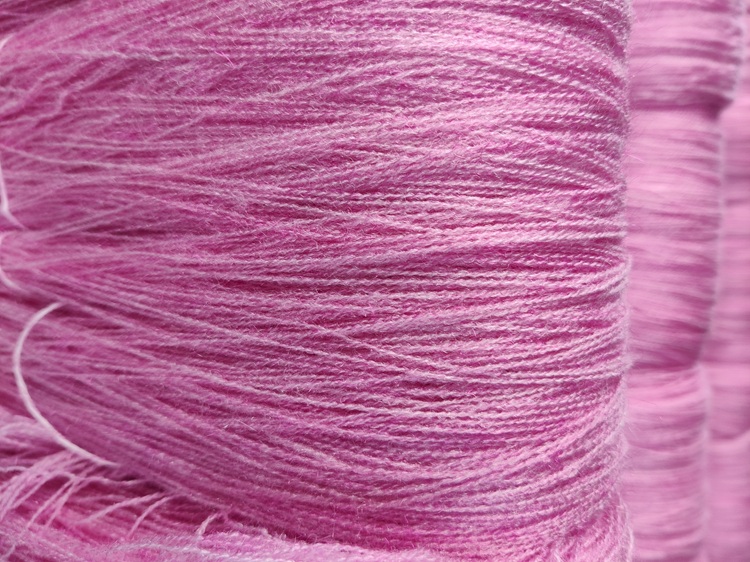Egypt’s garments and textiles industry suffered badly since when the Central bank began pegging the pound against the dollar, post the uprising in 2011. The problem became more acute as currency controls tightened over the past couple of years with exports of garments plummeting 14.7 per cent in the year to end of June and cotton textiles by 7.2 per cent.
With last month’s sharp devaluation of Egypt’s currency, there could be boost in demand for garment and textile products at home and abroad. From 2003 to 2011, textile exports shot up on an average 17 per cent annually and garment exports by 19 per cent, only to begin slackening thereafter. Textile exports surged from $120.1 million in 2002-03 to $782.6m in 2012-13 before falling back to $682m in 2015-16. Similarly, garment exports rose from $218.3m in 2002-03 to $810.3m in 2014-15 before taking a plunge to $690.8m last year.
Mohamed Kassem, Chairman, Readymade Garments Export Council of Egypt says already there has been an increase in orders since Egyptian pound was floated on November 3 but it will take time before exports surge. The devaluation, which has made imported products more expensive, should increase local demand for garments and textiles as well.
They will see two waves of production growth in textile and garment: first, with the use of idle capacity and later with new investment. The fact the pound’s price has fallen more than half means Egypt is back on the radar of foreign textile buyers. But because many components and materials are imported, the price of Egyptian textiles will not fall by half.












